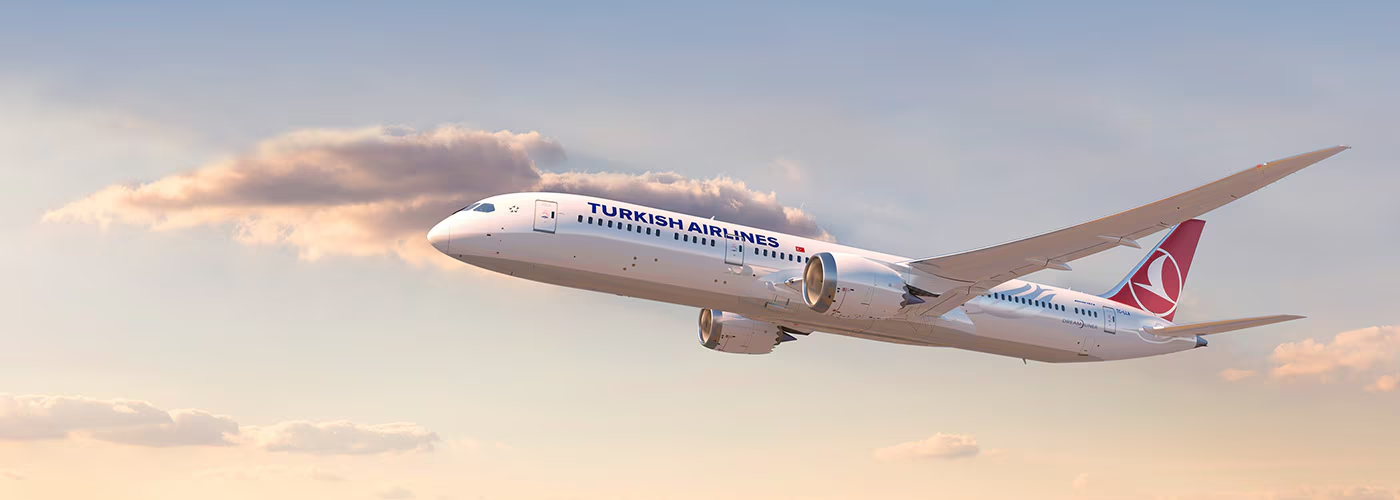The Airbus’ ZEROe Project: Everything You Need to Know
Following the recent achievement in validating the hydrogen fuel cell system, named the ‘iron pad,’ Airbus plans to implement this fuel cell propulsion system on its ZEROe test aircraft, an Airbus A380 with the registration F-WWOW. This in-flight testing is scheduled for 2026.
In June 2023, Airbus’ team accomplished a significant milestone by testing the hydrogen fuel cell system at its maximum power of 1.2 megawatts. Subsequently, in the same year, the integrated prototype comprising the hydrogen fuel cell system and electric motors was activated at 1.2 megawatts at the E-Aircraft House in Munich.
Achieving 1.2 megawatts in testing, which is the target power level for the A380 in-flight demonstrator, marks a crucial step forward, as noted by Mathias Andriamisaina, the Head of Testing and Demonstration for the ZEROe project. The forthcoming phase involves continued testing and refinement of the propulsion system’s dimensions, weight, and specifications to suit actual flight conditions.

What is the ZEROe Project?
The ZEROe initiative, named for its zero-emission goal, represents Airbus’s response to the increasing demand for eco-friendly aviation technology. By 2035, ZEROe aims to develop a hydrogen-fueled commercial aircraft, leveraging groundbreaking technologies and design concepts.
As for the appearance of the inaugural ZEROe aircraft, there’s no concrete design yet, since Airbus is evaluating various concepts and technologies. The four designs proposed by Airbus in 2020 will focus on either hydrogen combustion or hydrogen fuel cell technology. The latter, destined for a fully electric aircraft, will undergo testing on the A380 demonstrator.

New life for the first A380 ever
Regarding the A380’s new role in this initiative, the designated ZEROe demonstrator is notably the first A380 ever produced by Airbus, bearing the production serial number MSN001. This aircraft achieved a significant milestone as the first superjumbo to fly on April 27th, 2005, signaling the start of an extraordinary era for the world’s largest commercial aircraft.

MSN001’s journey is as captivating as the history of the A380 program. Initially, it served as the prototype, undertaking numerous technical tests to secure the necessary certifications for commercial use. These tests encompassed a range of challenges, including water ingestion trials, operations in extreme weather conditions, and high-speed rejected take-offs, among others. Additionally, MSN001 showcased Airbus’s prowess globally through tours and appearances at various airshows, often adorned in special liveries.
Post the peak of the A380 program, Airbus chose to preserve MSN001, whereas many other initial prototypes were decommissioned. This aircraft then played a pivotal role in testing the Trent XWB engines for the A350 project, accommodating these engines as its number two engine under the wing. It initially tested the Trent XWB-84 for the A350-900 variant, and later, it was assigned to test the Trent XWB-97 for the A350-1000 model.
Youssef Yahya is the CEO and Founder of Aviation for Aviators, a platform dedicated to the aviation industry. With over 3 years of experience as an aviation writer, Youssef is passionate about sharing his insights on aviation, entrepreneurship, and the broader business landscape. As a Teaching Assistant in Entrepreneurship at Nile University, he also nurtures the next generation of entrepreneurs. When he’s not exploring the skies or business ventures, you can find him saying, ‘Drag your coffee, and let’s talk aviation, entrepreneurship, and football.’
You might also like:
- Highlights of the First Future Aviation Forum
- Air Arabia Is Planning To Launch a New Low-cost Airline In Sudan
- Video: FedEx Boeing 767 Returns to Newark After Engine Fire
- Yeti Airlines ATR 72 with 72 Onboard Crashes in Pokhara
- How Clean Is the Air Onboard the Aircraft?
Discover more from Aviation for Aviators
Subscribe to get the latest posts sent to your email.














Post Comment